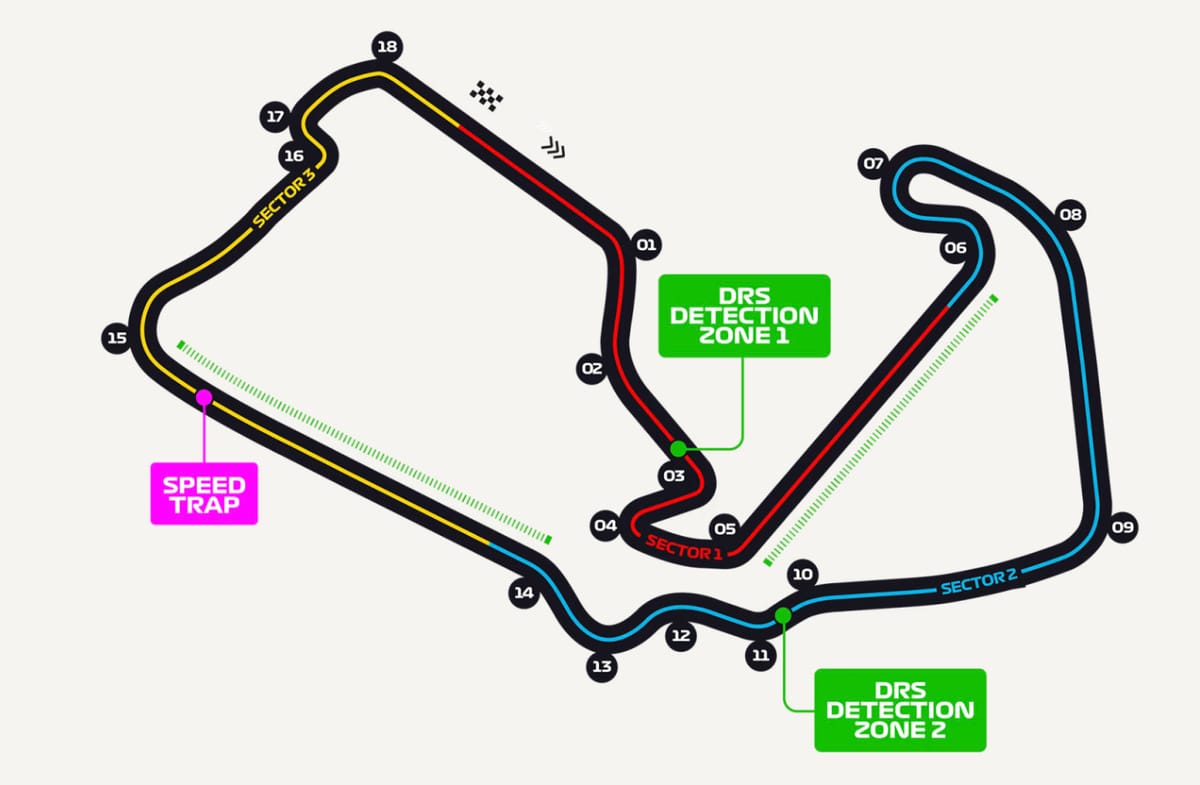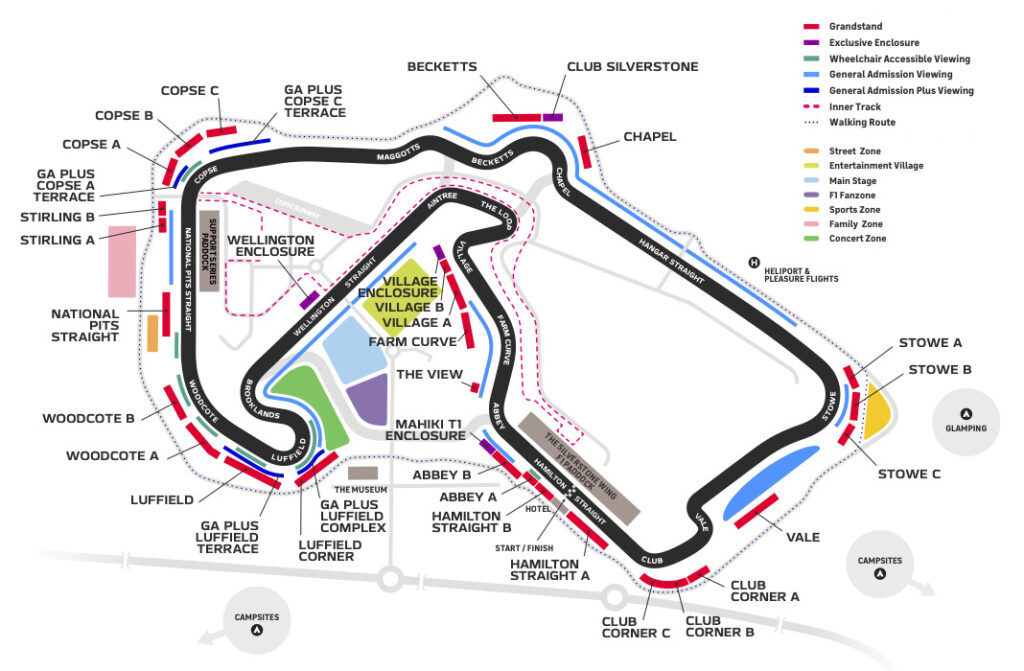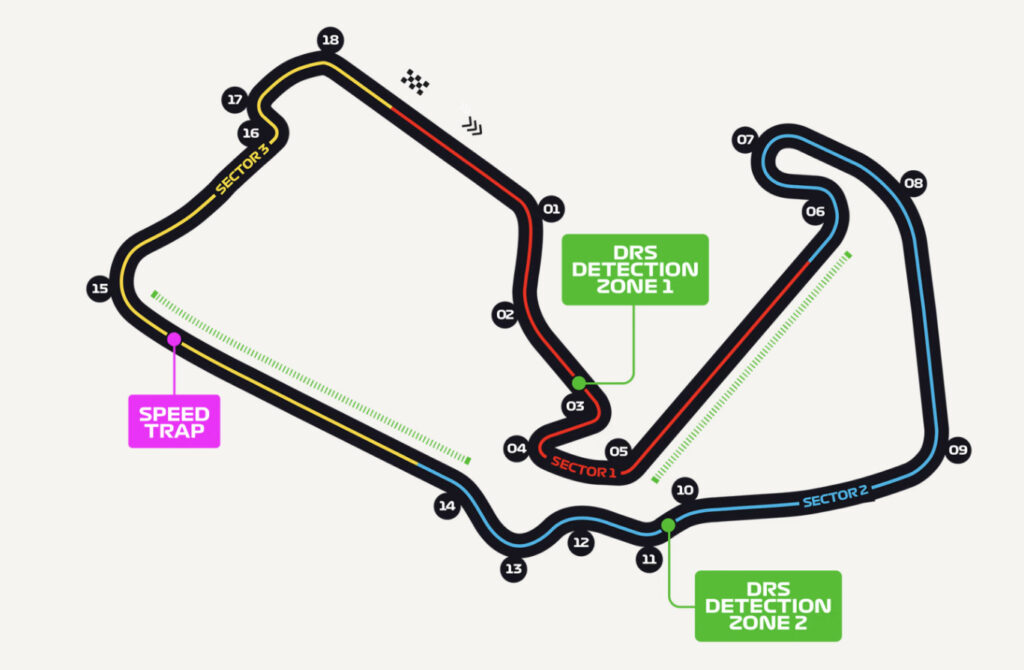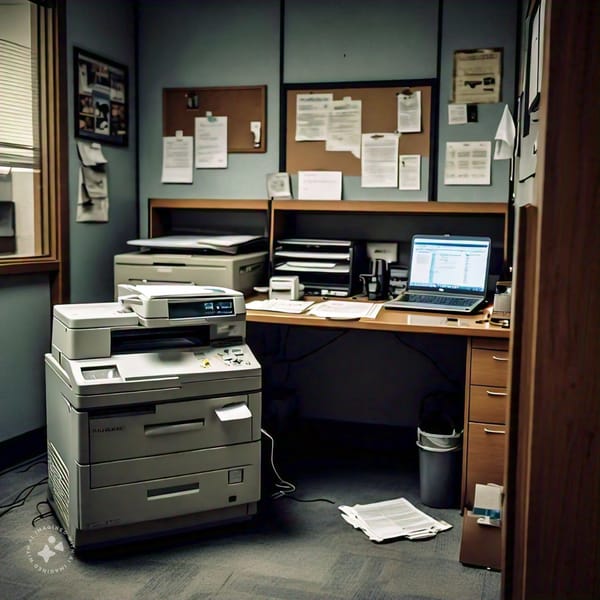The turn names of Silverstone - British GP


As an American F1 fan, I’ve been fascinated by the Silverstone Circuit, a place that’s steeped in history and tradition. It’s like the Fenway Park or Wrigley Field of motor racing, a classic venue that’s seen so much over the years. Before getting into the names of the turns lets look at some of the history of this location.
The story of Silverstone starts back in World War II, when it was an airfield for the Royal Air Force. After the war, the airfield was abandoned, and some enterprising folks started using the runways for racing. Can you imagine the thrill of those first races, with nothing but hay bales and ropes to mark the track?
In 1948, Silverstone hosted its first official Grand Prix, and the following year, the circuit was officially opened. By 1950, it was hosting the first round of the brand-new Formula One World Championship. As an F1 fan, that’s like being at the first Super Bowl or World Series game.
Over the years, Silverstone has changed and evolved, just like the sport of F1 itself. The track has been modified several times to keep up with the faster, more advanced cars. Major changes were made in 1991, 2010, and 2011, which included adding new sections to the track, moving the pit lane and paddock, and improving facilities for teams and spectators. It’s like watching your favorite old ballpark get renovated and modernized, but still keeping its classic charm.
Today, Silverstone is known as the “Home of British Motor Racing”, and it’s a must-visit for any F1 fan. It hosts the British Grand Prix, one of the highlights of the F1 calendar, and races in the MotoGP, British Superbike Championship, and the FIA World Endurance Championship. The circuit is also home to the Silverstone Racing School, where the next generation of racers is being trained.
For me, as an American F1 fan, watching a race at Silverstone is like taking a step back in time, while also seeing the cutting edge of motor racing. It’s a place where history and tradition meet speed and innovation. And that’s why I love it.
Looking at the map of Silverstone for the British GP track the turns have numbers but also names. Many of the turns at the Silverstone Circuit are named after local geographical features, landmarks, or historical references. Curious myself I did some research to see what the origins of each turn’s names are:

- Abbey: Named after the Luffield Abbey, a former monastery located nearby.
- Farm: Likely named for a nearby farm or the agricultural history of the area.
- Village: This could be a reference to the nearby Silverstone village.
- The Loop: This name is likely due to the shape of the turn, which forms a loop.
- Aintree: Named after the Aintree racecourse in Liverpool, which hosted the British Grand Prix before it moved to Silverstone.
- Wellington Straight: Named after the Wellington Bomber aircraft that used to take off from the airfield on which the circuit was built.
- Brooklands: Named after the Brooklands Motor Circuit, a historic track in Surrey, England.
- Luffield: Named after the nearby village of Luffield.
- Woodcote: Named after the Woodcote Park, a country club in Surrey, England.
- Copse: A “copse” is a small group of trees, which likely existed or still exists near this turn.
- Maggotts: Named after Maggot Moor.
- Becketts: Named after the Becketts Farm, which is located nearby who take their name from the medieval chapel of St Thomas à Beckett, which was built in memory of the murdered Archbishop of Canterbury and once stood near to the corners.
- Chapel: As read in Becketts above, St Thomas à Beckett, the chapel buildings were demolished in 1943 to make way for Silverstone airfield.
- Hangar Straight: Named after the aircraft hangars that were part of the airfield on which the circuit was built.
- Stowe: Named after Stowe School, a nearby independent school. The school grounds are visible from this corner of the track.
- Vale: “Vale” is a term for a valley, which could describe the topography of the area.
- Club: Like Woodcote, Club, now the track’s final corner, was named in honour of the RAC’s famous clubhouse in Pall Mall, London. Incidentally the iconic gold trophy awarded to winners of the British Grand Prix is the RAC Cup and is the oldest prize awarded in F1 racing. Unlike other trophies, the winner doesn’t get to keep it – it’s returned soon after the podium celebrations.



